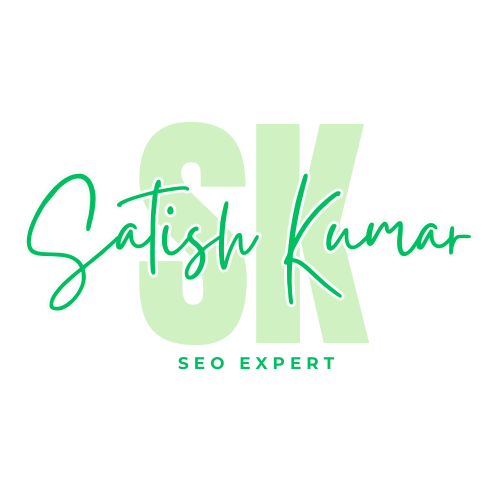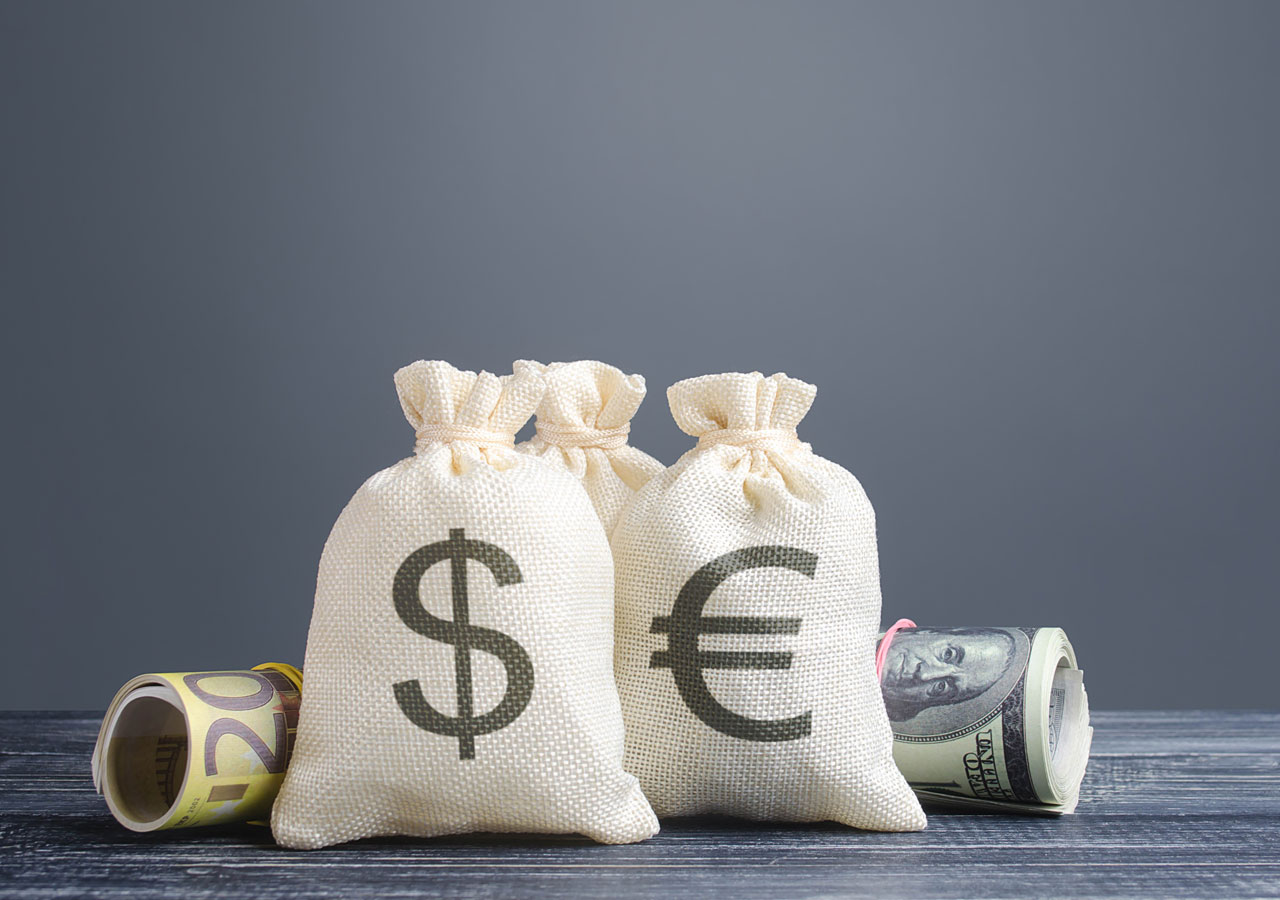What crowdfunding sites are out there? How do they differ from each other? Which ones are the best?
Crowdfunding is a way of raising capital through the Internet. The concept was pioneered by Kickstarter, which allows entrepreneurs to raise funds for their projects. Other platforms include Indiegogo, RocketHub, and Seed&Spark.
Crowdfunding has become a major source of funding for startups and SMEs. There are now over 2,500 crowdfunders worldwide. They range from large corporations such as Microsoft and Dell to smaller businesses like local restaurants and artists.
What is crowdfunding? Is it something new or old? How does it work?
Crowdfunding is a way of raising funds from multiple sources at once. The concept was pioneered by Kickstarter, which has raised over $1 billion since its launch in 2009.
Crowdfunding is a great way to raise money for a project. If you have a good idea, you can easily get funding through a crowdsource campaign.
The concept is simple: You create an online platform that lets people pledge small amounts of money towards your venture. These pledges are called “crowdsales”. Once you reach your target amount, you receive all the money pledged plus interest.
Why use crowdfunding? It’s a great way to fund your business without going into debt. With traditional bank loans, you pay back a lot of money with little or no equity. This means you don’t own any part of the company.
Crowdfunding gives you more control over how much you need and when you need it. You can set up different payment schedules for different levels of support. For example, if you only need a few thousand dollars, you could ask for monthly payments. But if you need millions, you might be able to accept one big lump sum payment.
How does crowdfunding work?
Crowdfunder works on a model similar to Kickstarter. When someone wants to help fund your product or service, they go to your website and make a pledge. In return, they will receive rewards based on the level of support they give.
If you want to start a crowdfunding campaign, you first need to choose what type of reward you want to offer. The most common types are:
A physical product (such as a t-shirt)
Access to a special event (like a concert)
A donation to charity
An experience (like a holiday)
An exclusive gift (like a private dinner)
Once you have decided what kind of reward you want to provide, you need to decide how much you want to charge per item. Some companies charge between 5% and 20%. Most charge 10%, but some charge as high as 25%.
You then need to determine how many items you want to sell. Each item costs around £10 to produce, so you should aim to sell about 50 units.
Finally, you need to write a description of your product or service and upload images. You also need to fill in information about your company, including your contact details.
When you’re ready, you can post your campaign on your site. People who visit your page can sign up to follow your progress. Then, whenever you announce a new milestone, they will know about it.
How do I find customers?
To attract potential backers, you need to build a strong brand. Make sure your products and services stand out from the competition. Also, make sure your website looks professional.
Another option is to run ads on social media sites. Facebook and Twitter are popular places to advertise. However, you may have to spend thousands of pounds to reach enough potential customers.
There are other ways to market your business. For example, you can send emails to friends and family asking them to spread the word. Or you can put flyers in local shops.
What happens after my campaign ends?
Most campaigns last between 3 months and 2 years. If you successfully raise the funds you need, you will get paid once your project has reached its goal.
However, not all projects end successfully. Sometimes, the funding doesn’t come through. Or there are technical problems with the system.
In these cases, you will usually still receive the rewards you promised. But you won’t get any extra money.
So, what happens next?
The good news is that you don’t need to worry about collecting your cash. Once your project reaches its goal, Crowdfunder takes care of everything else. They handle refunds, processing payments, sending invoices and managing customer accounts.
They even take care of tax and VAT returns. So, once your crowdfunders have been fulfilled, you can focus on running your business.
The first time I heard about crowdfunding was at an entrepreneur conference in London. It was called “the future of business” and I remember thinking that this sounded like a great idea.
But I didn’t really understand what it meant. And I wasn’t alone. There were lots of people talking about it, but no one seemed to be able to explain exactly why it would work for me.
I had tried starting a few businesses before, but none of them worked out. The problem was that I just couldn’t seem to find anyone who could help me.
That’s when I discovered Crowdfunder. It was the perfect solution.
Crowdfunder is a platform where entrepreneurs can launch their own fundraising campaigns.
It works by matching donors with projects that need financial support. Donors pledge money online and if the target amount is met, Crowdfunder pays the fundraiser.
Conclusion
If you want to start a business, crowdfunding might be the answer. It’s easy to set up and it’s free. Plus, you can use it to fund anything – whether it’s a personal project or a commercial venture.
You can even use it to pay off debts. In fact, many companies use crowdfunding to finance their expansion plans.
And it’s not just for startups. Crowdfunding is becoming increasingly popular among established businesses as well.
For example, some companies use crowdfunding to fund research and development. Others use it to develop new products.
Finally, because crowdfunding is so simple, it’s ideal for small businesses which struggle to attract investors.
This means that you can benefit from crowdfunding without having to invest a lot of money upfront.



0 Comments